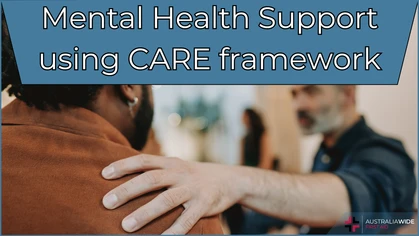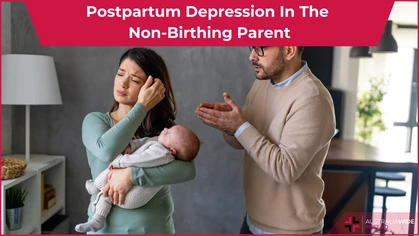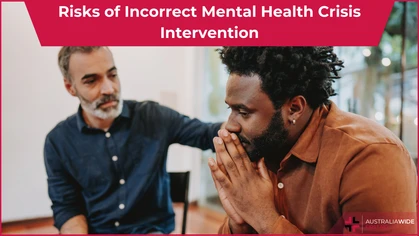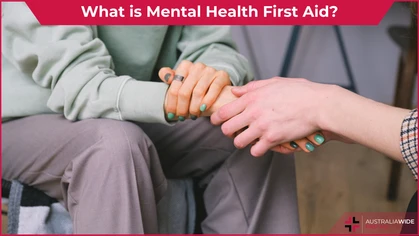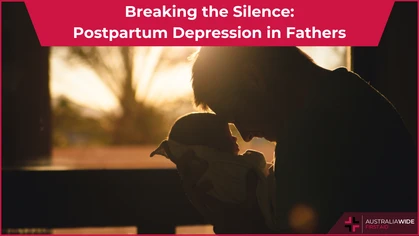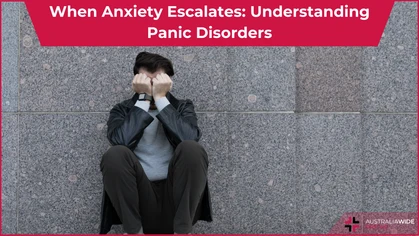Bipolar Affective Disorder: Everything You Need to Know

Mental Health
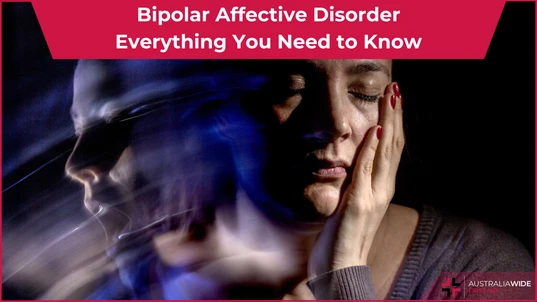 Millions of people suffer from bipolar affective disorder around the world. A bipolar patient experiences episodes of extreme highs and lows, which can negatively affect their normal life and relationships.
Understanding this mental health condition helps you minimize its impact on your daily life.
In this article, we’ll dive into the ins and outs of bipolar disorder, from its symptoms to treatment options. So, if you or any of your loved ones have this condition, this article is for you.
Millions of people suffer from bipolar affective disorder around the world. A bipolar patient experiences episodes of extreme highs and lows, which can negatively affect their normal life and relationships.
Understanding this mental health condition helps you minimize its impact on your daily life.
In this article, we’ll dive into the ins and outs of bipolar disorder, from its symptoms to treatment options. So, if you or any of your loved ones have this condition, this article is for you.
What is Bipolar Affective Disorder?
Bipolar affective disorder, once known as manic depression, is a condition characterized by extreme mood swings. The two states are known as Mania (Up) and Depression (Down). When a bipolar patient is in their “Up”, they might exhibit extreme joy or crankiness, which leads to the inability to sleep and other symptoms. On the other hand, bipolar patients tend to feel extremely sad and hopeless. They can even have suicidal thoughts. It’s important to note that bipolar disorder doesn’t have a cure. But, with the right medication and professional therapy, you can manage its symptoms and live a normal, healthy life.Types of Bipolar Affective Disorders
Bipolar 1 One or more manic episodes followed or preceded by either a hypomanic or a major depressive episode. Bipolar 2 One or more major depressive episodes and at least one hypomanic episode. Bipolar 2 doesn’t have any manic episodes. Cyclothymic disorder At least two years of regular hypomania and depressive symptoms (One year in children and teens).Bipolar vs. Other Mental Conditions
Effective diagnosis of bipolar affective disorder can be tricky as many of its symptoms coincide with other mental health conditions like depression, anxiety, autism, and even ADHD. To diagnose bipolar disorder, your doctor will ask you or your family members a series of questions.Signs and Symptoms of Bipolar Affective Disorder
The symptoms of a bipolar patient are classified into mania, hypomania (Milder mania), or depression. You can also experience mixed episodes of “Up” and “Down” symptoms. Without medical treatment, these symptoms can come and go more frequently. Mania and Hypomania Symptoms Mania and Hypomania episodes have the same symptoms, but they are distinguishable. Hypomania is less severe than mania and doesn’t affect your daily life as much. Symptoms of both include:- Agitation (Or, abnormally increased energy)
- Euphoria (Exaggerated sense of self-confidence)
- Racing thoughts
- Having problems with decision-making
- Distractibility
- Abnormal talkativeness
- A reduced need for sleep
- Jumpy
- Loss of interest
- Significant weight loss
- Depressed mood
- Slowed behaviour
- Loss of energy
- Excessive sleeping or insomnia
- Excessive guilt
- Indecisiveness
- Inability to focus
- Suicidal thoughts
Impact of Bipolar Affective Disorder on Your Life
Unmanaged bipolar affective disorder can severely impact your routine life. This includes problems in studies, work, relationships, and other routine activities. Left unaddressed, the condition can even lead to drug abuse and suicide.Diagnosing Bipolar Disorder
Before working on the diagnoses, your doctor may prescribe some lab tests to rule out other health conditions first. To diagnose bipolar disorder, your doctor will get your medical history and ask a few questions about your symptoms. Unfortunately, no blood test or brain scan can tell if you have bipolar disorder. Three important factors to consider when diagnosing this condition are the severity, length, and frequency of symptoms. Moreover, you may be asked to keep track of your moods for a certain period to see any pattern changes. Family members can also talk to the mental health professional to give more insights into your symptoms.Treatment Options
Treatment of bipolar affective disorder depends on the symptoms. Your doctor might suggest medication, talk therapy, Electroconvulsive therapy (ECT), or Repetitive transcranial magnetic stimulation (rTMS). Medications Common prescription medications include:- Mood stabilizers, for example, lithium
- Antidepressants (Coupled with a mood stabilizer to avoid triggering a depressive episode)
- Antipsychotics (For manic or hypomanic episodes)
- Anticonvulsants (Often used when lithium fails to work)
- Cognitive Behavioral Therapy (CBT)
- Psychoeducation: Involves learning your symptoms and how to deal with them
- Family Therapy: Includes your family members who can support you in managing your symptoms
- Interpersonal and Social Rhythm Therapy: Helps with improving relationships and developing a healthy daily routine
Bipolar Affective Disorder Statistics
Here are some prominent statistics about bipolar disorder in Australia:- Each year, 1 in every 50 Australians suffer from bipolar affective disorder
- Bipolar disorder affects 2.9% of Australians aged 16 and above
- Another study estimates that 2.2% of Australians live with a form of bipolar disorder
When to See a Doctor for Bipolar Disorder
Despite all the negative consequences on the quality of life, many bipolar patients don’t get the treatment they need. If you have multiple symptoms of mania, hypomania, and depression, the best thing you can do is see a mental health professional. Left unmanaged, bipolar disorders can lead to drug abuse and suicidal thoughts. It’s important to realize that bipolar disorders don’t get better on their own and often need medical intervention.Conclusion
Bipolar affective disorder is a mental health condition characterized by extreme mood swings. Bipolar patients can have three different episodes:- Mania
- Hypomania (Milder mania)
- Depression
Originally published at
https://www.australiawidefirstaid.com.au/resources/bipolar-affective-disorder
as part of the Australia Wide First Aid Articles Library

